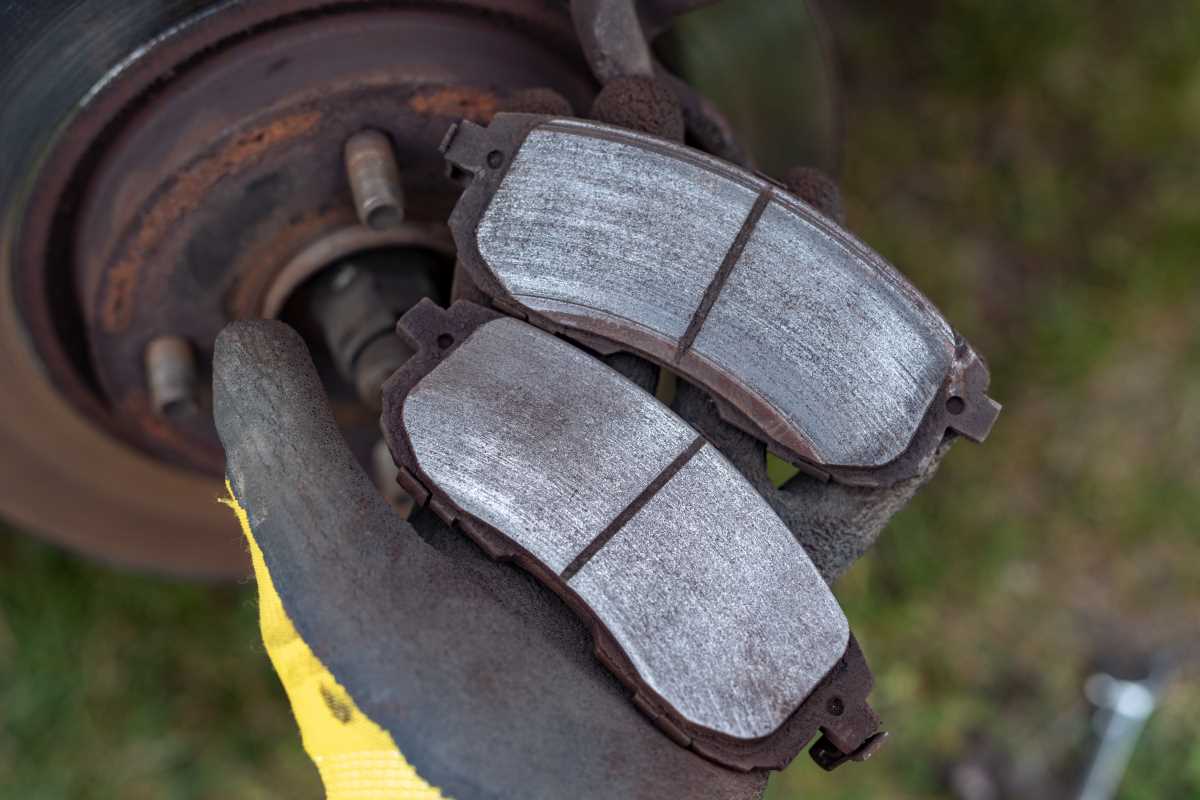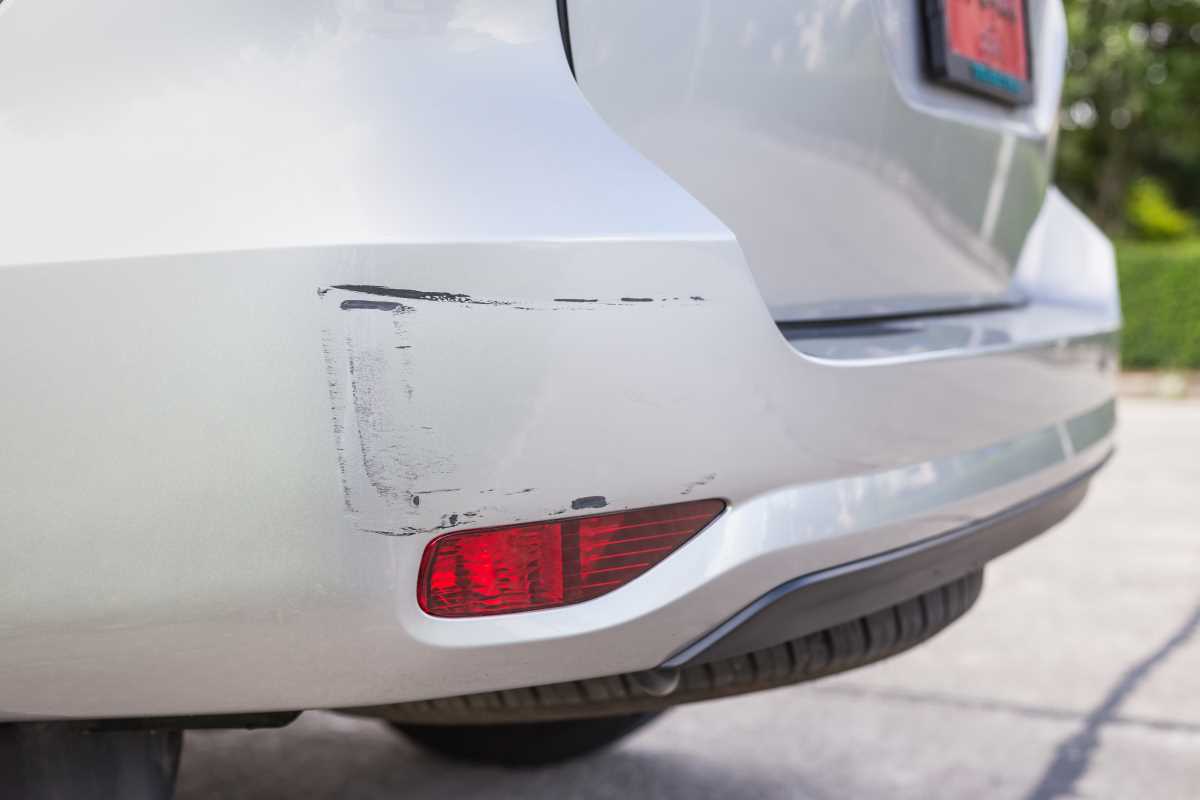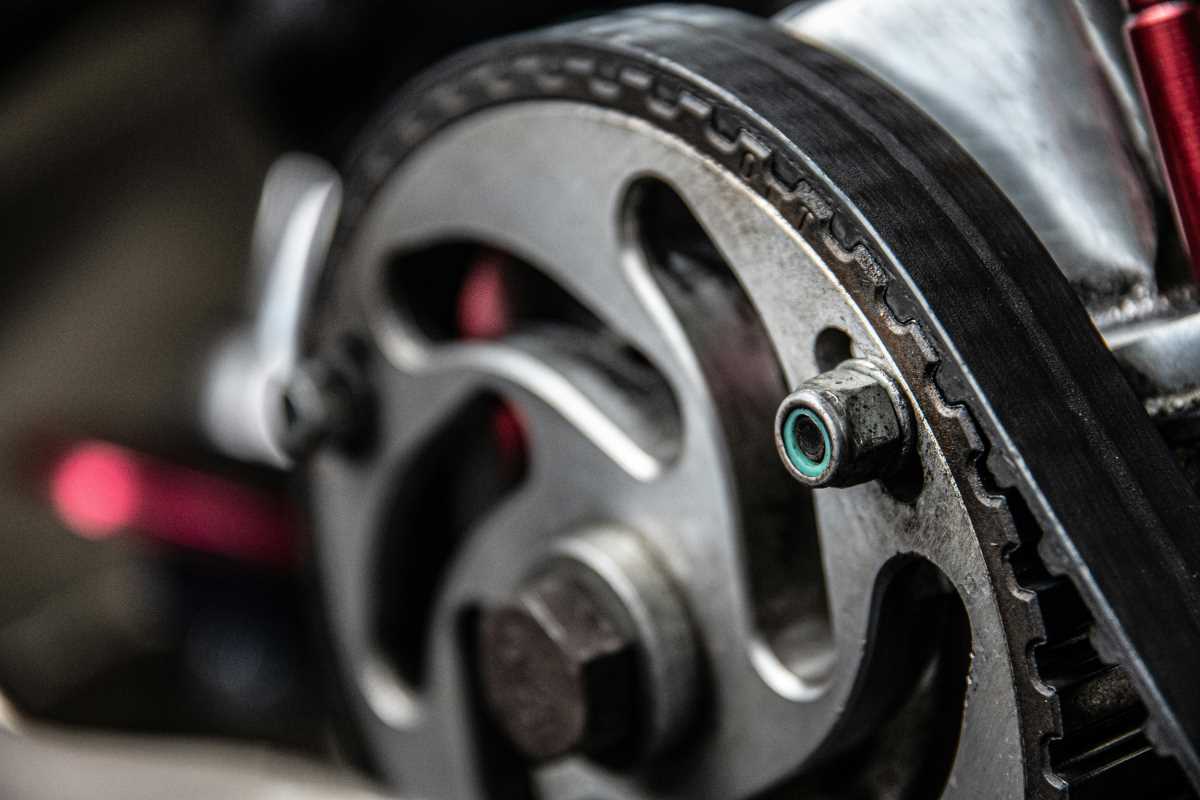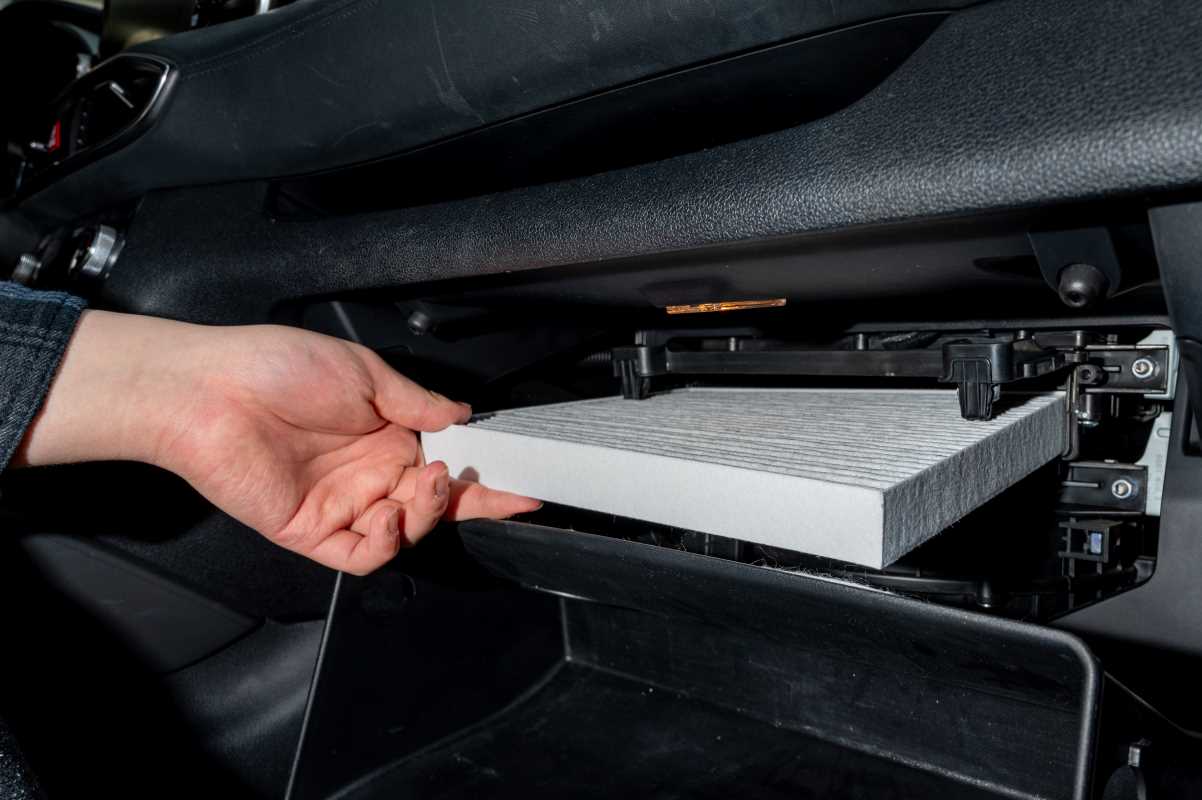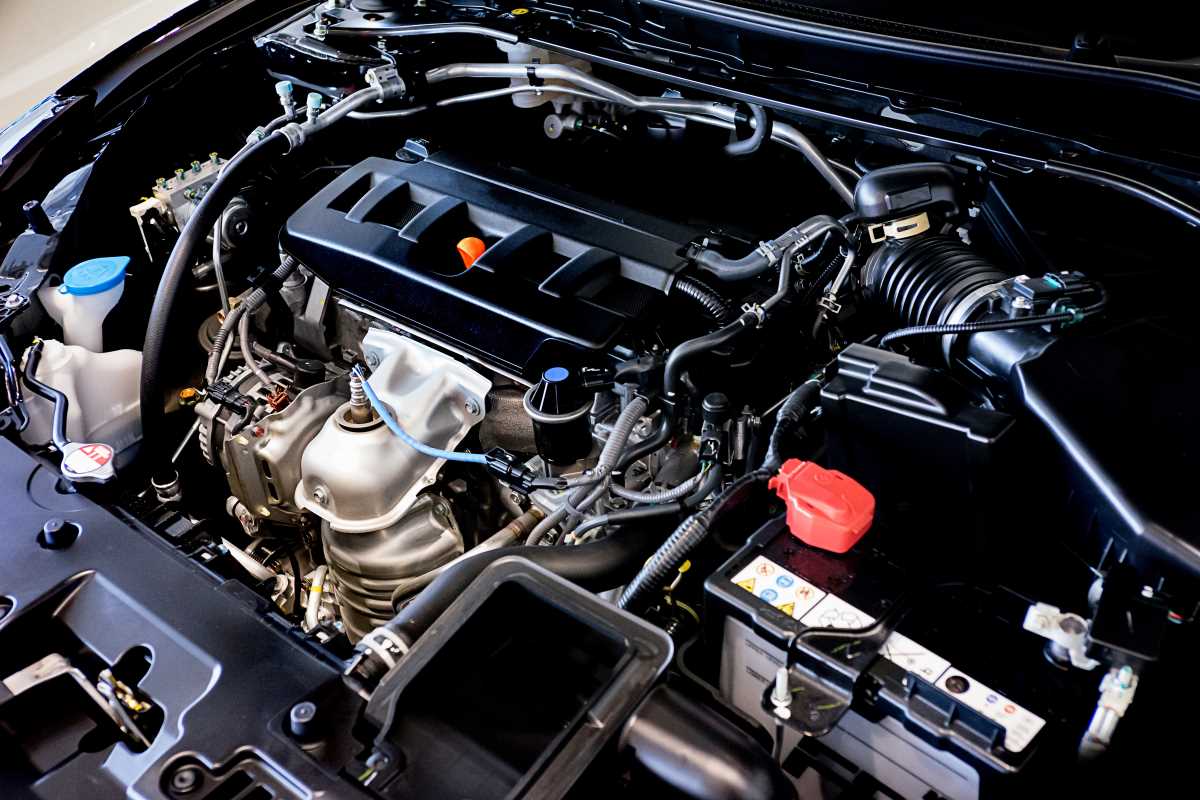Deep inside your engine, a tiny, powerful bolt of lightning fires thousands of times per minute. This is the job of your spark plugs. They create the spark that ignites the air and fuel mixture, creating the controlled explosion that powers your car. When these crucial components wear out, that spark weakens, leading to a host of problems. You might notice your engine running rough, hesitating when you accelerate, or struggling to start. Your fuel economy will suffer, and eventually, a persistent misfire can trigger your "Check Engine" light and even damage your expensive catalytic converter. Replacing your spark plugs is a fundamental tune-up task that restores smooth power, improves gas mileage, and keeps your engine running happily for years to come.
What Do Spark Plugs Do and How Do You Know They're Bad?
A spark plug's life is tough. It endures extreme temperatures and pressures while delivering a precise, high-voltage spark over and over again. Over time, the electrodes wear down, widening the gap the spark must jump. This leads to common symptoms like a rough idle, sluggish acceleration, poor fuel economy, and difficulty starting the engine. A worn-out spark plug is a primary cause of an engine misfire, which feels like a stumble or shake from the engine. While modern plugs are built to last, they are still a wear-and-tear item that needs periodic replacement.
Choosing the Right Plugs and When to Change Them
Most modern cars use long-life iridium or platinum spark plugs, which can last up to 100,000 miles. Older vehicles with standard copper plugs may need them changed every 30,000 miles. Your owner's manual will specify the correct interval. However, factors like frequent short trips or aggressive driving, especially in turbocharged or direct-injection (DI) engines, can shorten this lifespan. When it's time for a change, it is critical to use the exact plug recommended by your vehicle’s manufacturer. Pay attention to the material (iridium, platinum, or copper), the "heat range," and the pre-set gap. Using the wrong plug can cause poor performance and even engine damage.
Gathering the Right Tools for the Job
This job requires a few specific tools, but they are all common for a DIY mechanic. You will need a 3/8-inch drive ratchet with a few different lengths of extensions, a dedicated spark plug socket (which has a rubber insert to protect the plug's insulator), and a torque wrench. You will also want some dielectric grease for the coil boots and possibly a small tube of anti-seize compound for the plug threads, though many modern plugs come with a special coating and do not require it. Always check the plug manufacturer's recommendation on this. Having a can of compressed air is also extremely helpful for cleaning out the spark plug wells.
A Step-by-Step Replacement Guide
Let’s walk through the process on a typical inline-four-cylinder engine with individual ignition coils. Start by removing the plastic engine cover, which usually just pops off. You will see a row of four ignition coils, each with an electrical connector. Carefully unplug the connector from the first coil, then remove the bolt holding the coil in place. Gently twist and pull the coil straight up and out of the engine.
Before you remove the spark plug, use compressed air to blow out any dirt or debris from the deep well where the plug sits. This prevents anything from falling into your engine's cylinder. Now, attach your spark plug socket to an extension and lower it into the well. Loosen the old plug and remove it.
Take your new spark plug and check the gap if required, though most come pre-gapped. To prevent cross-threading, start threading the new plug into the engine by hand. It should turn easily for several rotations. Once it's hand-tight, use your torque wrench to tighten it to the exact specification listed in your service manual. Overtightening can damage the plug or your engine's cylinder head. Apply a small dab of dielectric grease to the inside of the coil boot, then reinstall the coil, tighten its hold-down bolt, and reconnect the electrical plug. Repeat this process for the remaining cylinders.
Notes for V-Engines and Other Challenges
If you have a V6 or V8 engine, especially one mounted sideways (transverse) in a front-wheel-drive car, the back row of spark plugs can be very difficult to reach. You may need a combination of universal-joint "swivel" sockets and various extension lengths to get to them. In some cases, you might even have to remove the upper intake manifold. For these more challenging jobs, assess your skill level and tools; sometimes, letting a professional shop handle it is the wiser choice.
Final Checks and Common Mistakes
After replacing all the plugs, reinstall your engine cover. If your "Check Engine" light was on for a misfire, the code may need to be cleared with a scan tool, or it may clear itself after a few drive cycles. Take the car for a short test drive to ensure the engine is running smoothly. The most common mistakes are cross-threading a plug by starting it with a wrench instead of by hand, over-torquing the plugs, or mixing up the coil connectors. Doing this job yourself can cost between $50 and $150 in parts and takes about one to two hours, saving you hundreds compared to shop labor rates. It's a satisfying project that has an immediate, positive impact on how your car drives.
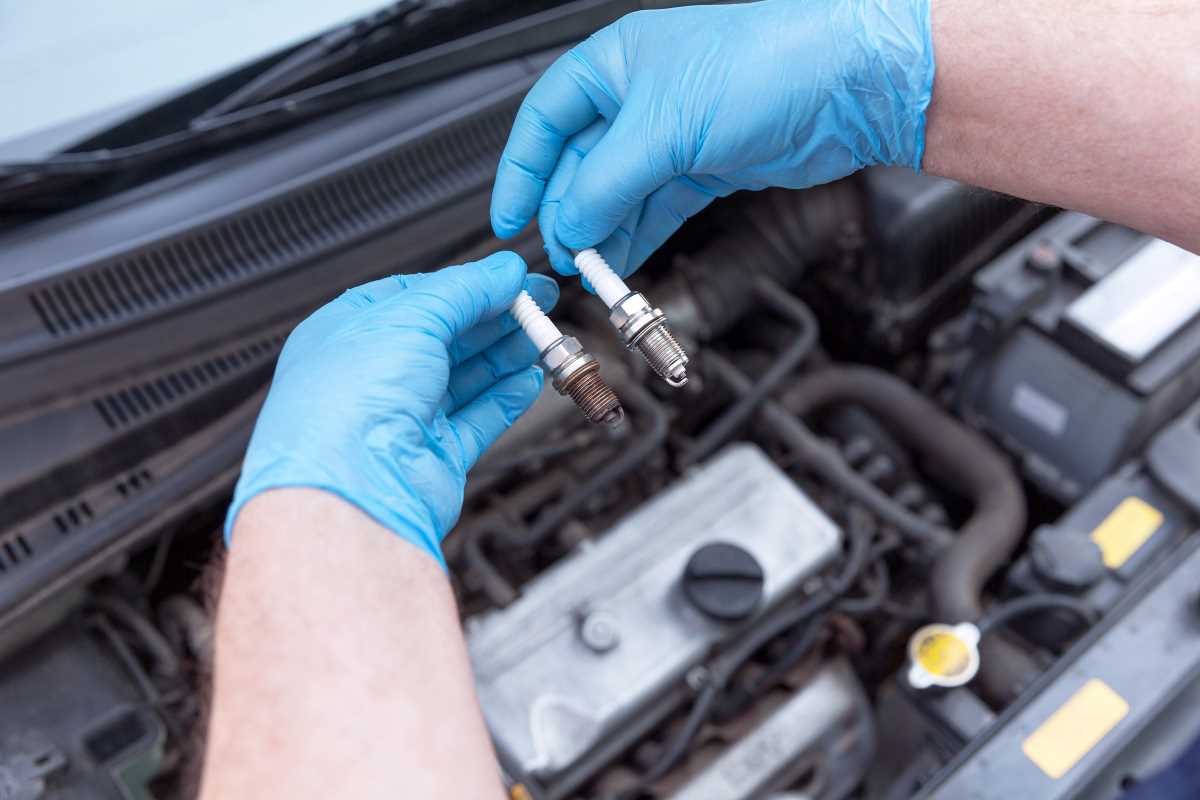 (Image via
(Image via
